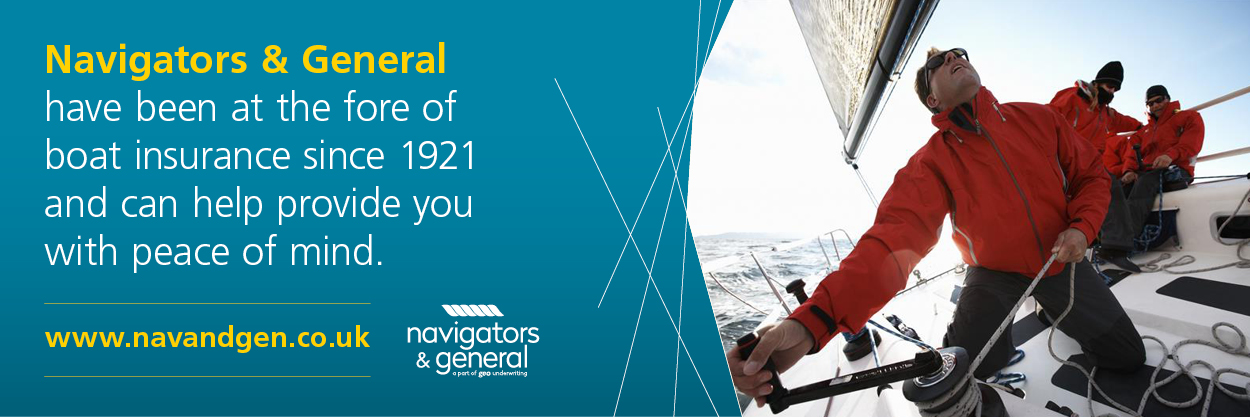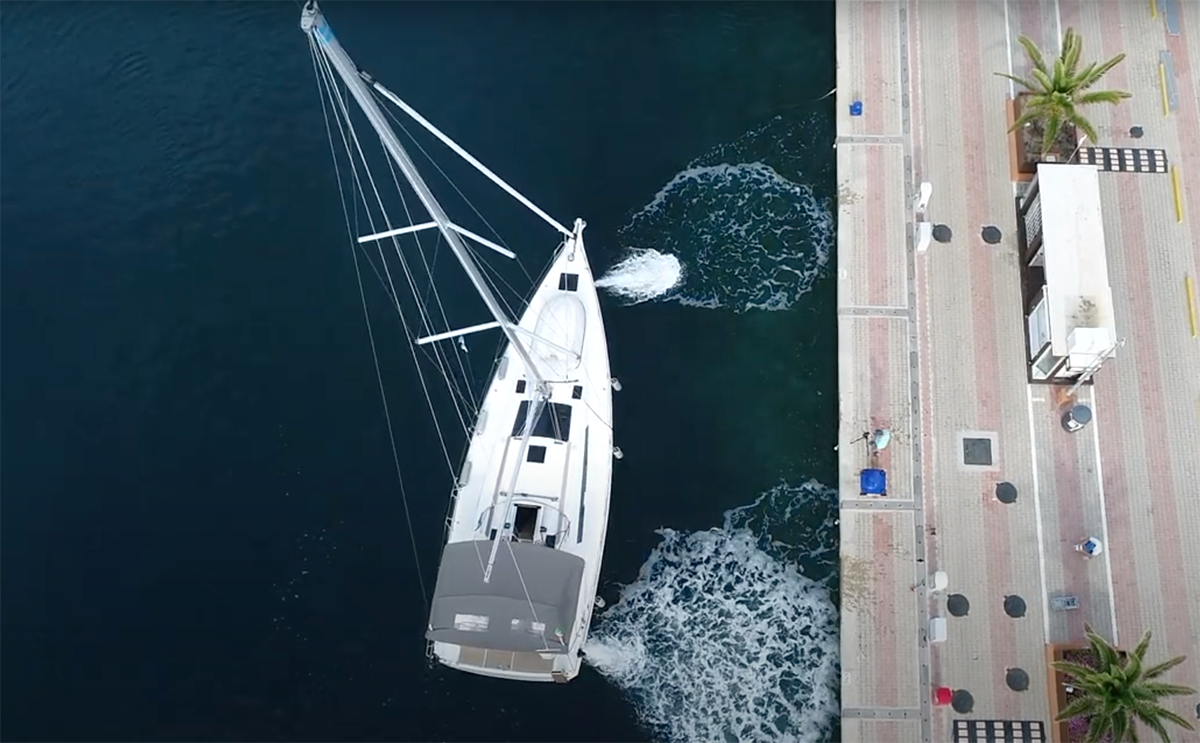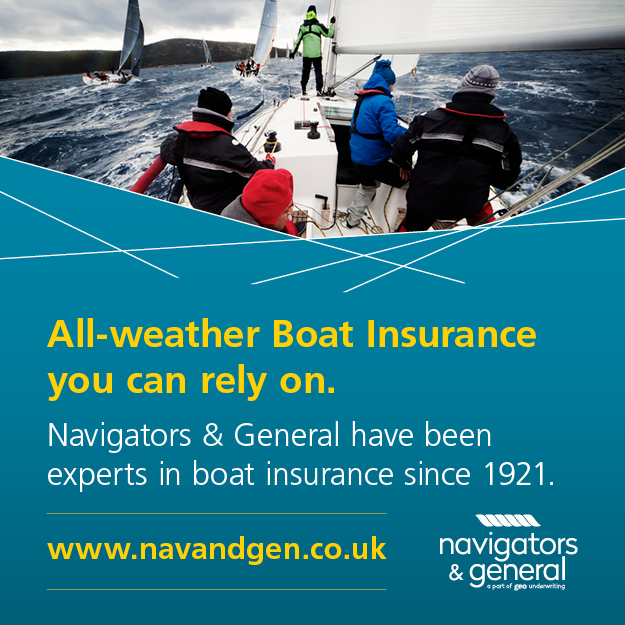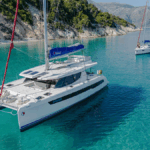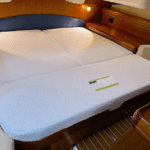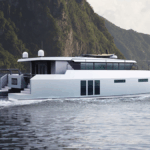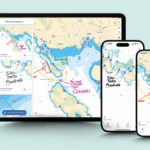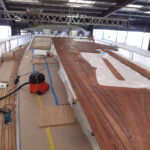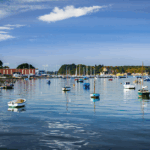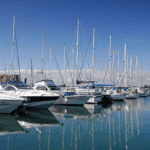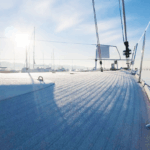Bringing your boat back into its berth can be one of the most nerve-wracking parts of a day on the water. Whether you’re a seasoned skipper or just starting out, tight manoeuvres in busy harbours are rarely anyone’s favourite task. But the good news? With the right equipment on board, docking doesn’t have to be stressful.
We spoke to Paul Hardy, Refit & Service Manager at Ancasta Yacht Services, to explore how thrusters can take the tension out of docking, giving you better control, improved precision, and a whole lot more confidence.
What are thrusters?
Thrusters are auxiliary propulsion systems that boost your boat’s manoeuvrability. Whether you own a monohull, multihull, compact cruiser or luxury yacht, thrusters help you move sideways, counteract wind or tide, and dock with pinpoint accuracy. There’s a wide range of options available – each with its own strengths. Let’s take a closer look.
Tunnel thrusters
Tunnel thrusters are one of the most widely used options. Fitted across the bow within a dedicated tunnel, these use one or two propellers to push water sideways, creating lateral thrust.
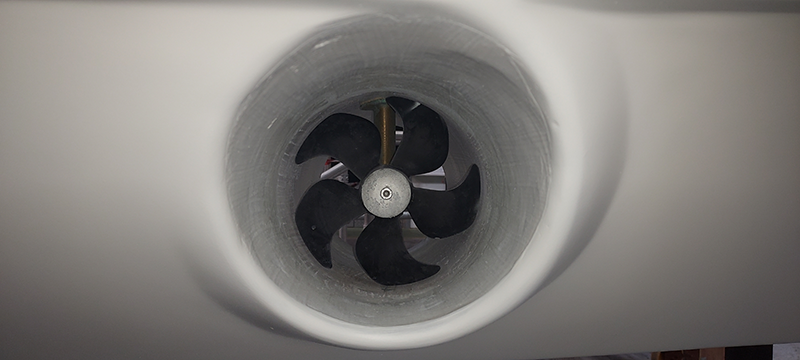
They’re popular for good reason: tunnel thrusters are reliable, effective in most conditions, and relatively cost-efficient. With various sizes to suit different vessels, they offer strong, predictable control and are generally straightforward to install and maintain.
That said, they’re not without trade-offs. Because they’re fixed into the hull, they create drag, which can reduce fuel efficiency and speed. Installation requires substantial hull modification and interior space. They can also be a little noisy, especially at higher speeds. Even so, for many boat owners, their overall performance and affordability make them a go-to solution.
Retractable thrusters
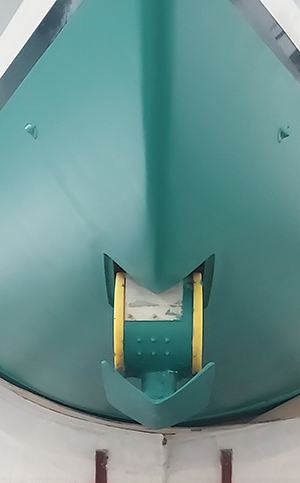 Retractable thrusters are a great choice for anyone looking to reduce drag without sacrificing performance. These units are housed within the hull and deploy only when needed, retracting back into a dedicated compartment when not in use.
Retractable thrusters are a great choice for anyone looking to reduce drag without sacrificing performance. These units are housed within the hull and deploy only when needed, retracting back into a dedicated compartment when not in use.
They’re especially popular among sailing yachts and performance-driven motorboats. With optimal placement and minimal impact on water resistance, retractable thrusters provide strong, efficient thrust without compromising speed or handling.
Of course, that advanced functionality comes at a price. Retractable systems are more complex and require precise installation to ensure the hatch remains completely flush. The lifting mechanism also demands routine maintenance. But for those prioritising performance and efficiency, they’re a worthwhile investment.
Jet thrusters
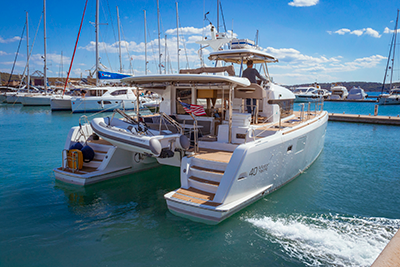 Jet thrusters work a little differently. Instead of using traditional propellers, they rely on water pumps to draw in and expel water through nozzles, generating powerful, directed thrust.
Jet thrusters work a little differently. Instead of using traditional propellers, they rely on water pumps to draw in and expel water through nozzles, generating powerful, directed thrust.
These systems are ideal for boaters who value safety, quiet operation, and minimal drag. With no external moving parts and nozzles that sit flush with the hull, jet thrusters are low-maintenance and highly durable. They also allow for flexible installation – whether at the bow, stern or amidships – and perform especially well in vessels with shallow hull sections.
Jet thrusters really shine in specific use cases, such as:
Classic timber boats, where preserving the hull’s character is key.
Steel or aluminium boats, where they reduce the need for extensive cutting and welding.
Another advantage? They’re DIY-friendly. While they do require a dedicated pump and plumbing system, jet thrusters are designed with the competent home installer in mind, potentially reducing labour costs.
Stern thrusters
Stern thrusters operate much like their bow-mounted counterparts but provide extra control from the back of the vessel. They’re especially helpful for single-engine boats, larger yachts, or vessels affected by prop walk and windage.
When combined with a bow thruster, a stern thruster gives you full command over your boat’s position, hugely beneficial when reversing or manoeuvring in tight quarters. Depending on the hull shape, you might need a different type of thruster at each end.
Externally mounted stern thrusters can increase drag, but they’re often the best (or only) option when internal space is limited. For boaters navigating crowded marinas or busy harbours, they’re an excellent addition.
Choosing the right thruster
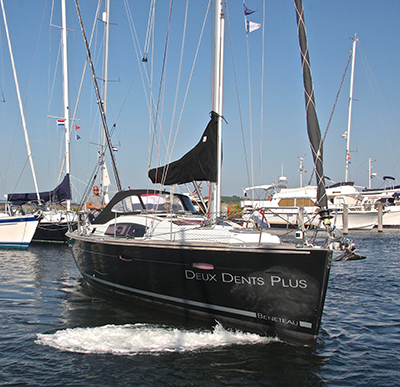 Selecting the optimal thruster for your vessel depends on a few key factors:
Selecting the optimal thruster for your vessel depends on a few key factors:
Boat size & type: Larger boats typically need more powerful thrusters.
Hull design: Some hull shapes are better suited to specific thruster systems.
Budget: Costs vary based on the type of thruster and the complexity of installation.
Intended use: Frequent docking, tight berths, and strong currents all influence your choice.
Because thruster installation is a technical process with multiple variables, it’s wise to consult with a marine specialist. The experts at Ancasta Yacht Services can assess your boat, recommend the most suitable thruster, and ensure everything is installed for maximum performance and safety.
Dock like a pro
At the end of the day, the right thruster gives you more than just control – it gives you peace of mind. Whether you’re easing into a berth on a windy afternoon or gliding into a busy marina on a sunny Sunday, you’ll be docking with confidence, knowing your boat is equipped for the task.
If you’d like to dock like a pro, get in touch with Ancasta Yacht Services today.




